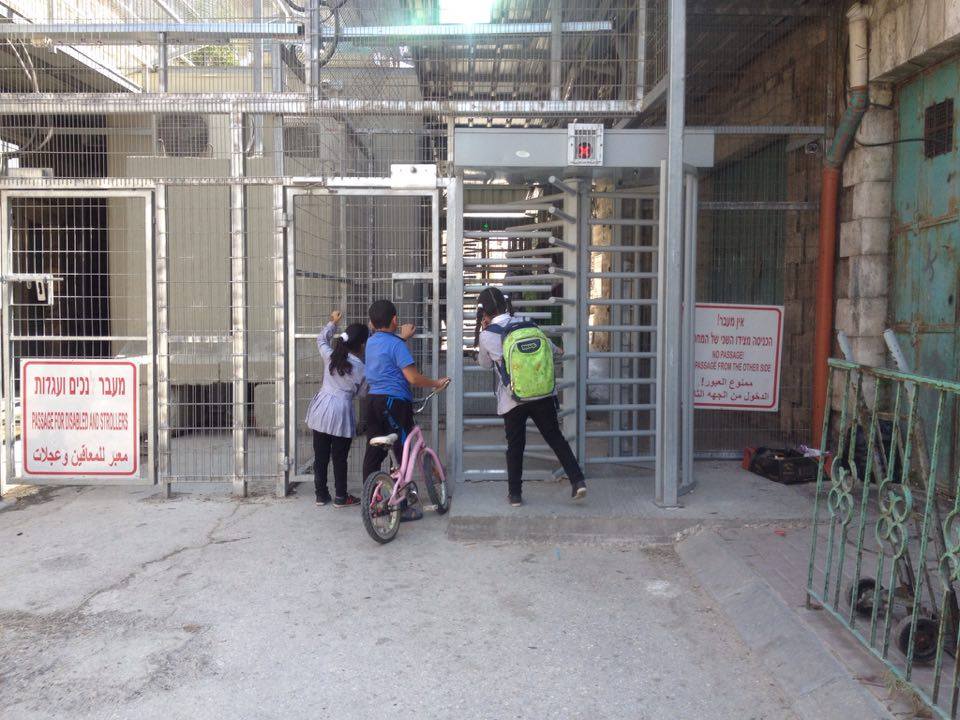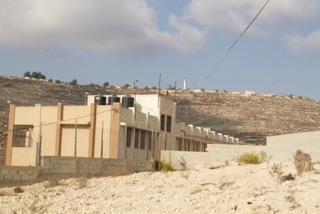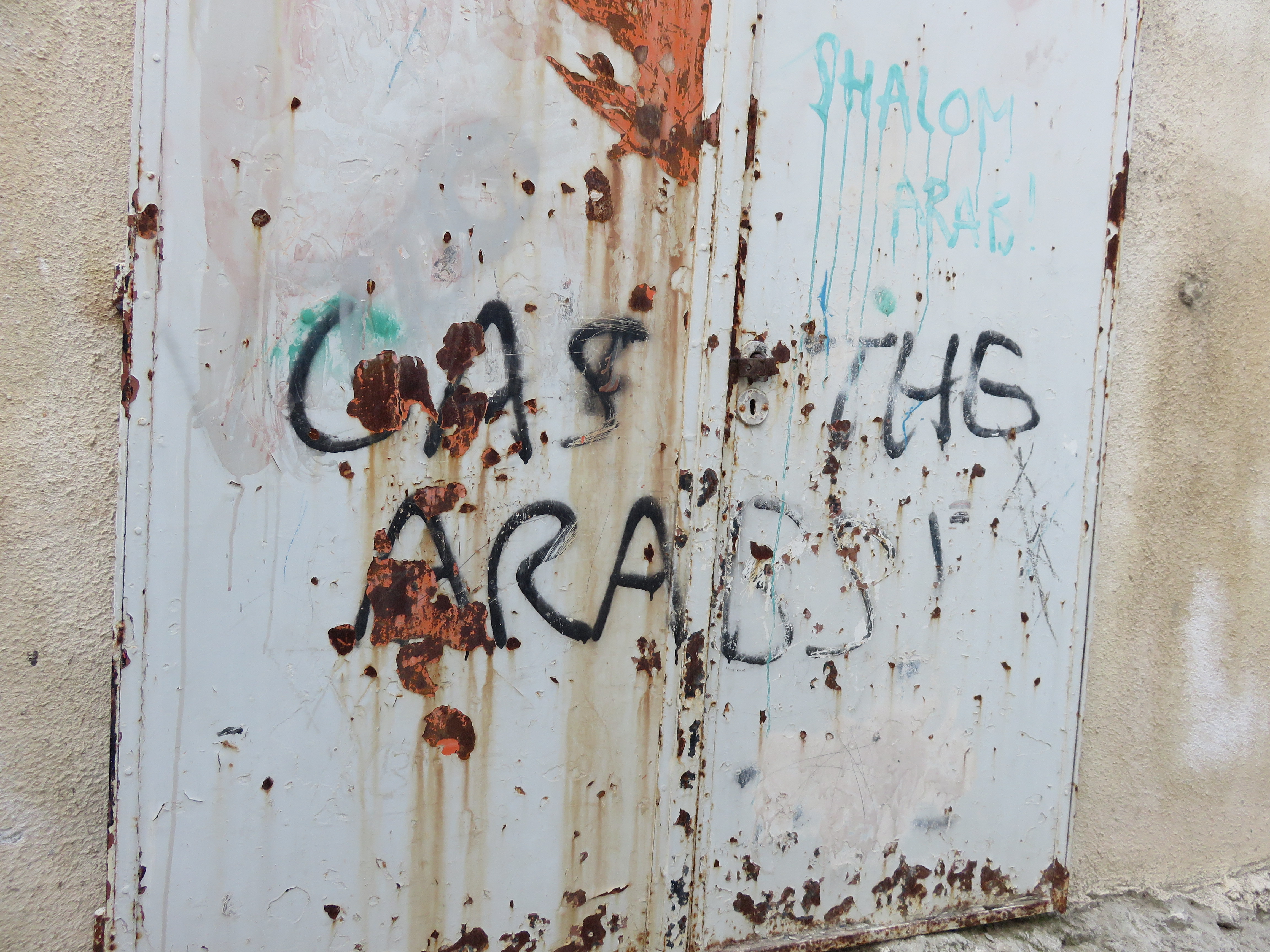Tag: Collective punishment
-
Imprisoned lives: closed military zone in occupied al-Khalil (Hebron)
30th October 2016 | International Solidarity Movement, al-Khalil team | Hebron, occupied Palestine It’s like living in a prison. That’s how residents describe what Israeli forces are doing to their lives in the Tel Rumeida neighborhood and Shuhada Street in occupied al-Khalil (Hebron). The area was first declared a ‘closed military zone’ on 30th October 2015…
-
Settlers attack boy’s school, Israeli army traps students
26th October 2016 | ISM & IWPS | Urif, occupied Palestine Last Tuesday both the IWPS team and ISM team were harvesting olives in separate areas when we received a phone call telling us that there had been trouble with settlers from the illegal settlement Yitzhar and Israeli occupation forces near the high school for…
-
Remembering Hummam, Remembering Islam: Reflections on genocide, one year on.
27th October 2016 | International Solidarity Movement, al-Khalil team | Hebron, occupied Palestine Acts of injustice done between the setting and the rising sun In history lie like bones, each one. – W. H. Auden, from “The Ascent of F6″ Today marks one year since the murder of a young man outside the ISM…



